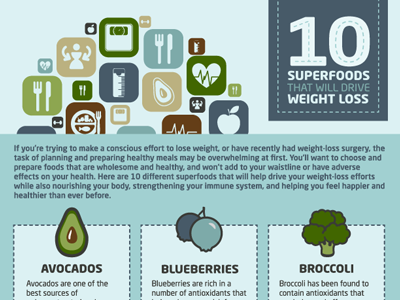Scientific Research On The Efficacy Of Cold Laser Technique
Scientific Research On The Efficacy Of Cold Laser Technique
Blog Article
Scientific Research on the Effectiveness of Cold Laser Method
Cold laser therapy is a beneficial tool to help hurting administration and the healing process. It is often used in sporting activities medication, dermatology and acupuncture.
Cold lasers penetrate deep into tissues and advertise chemical adjustments without warming them. They lower swelling and swelling, speed up mobile task and increase recovery.
Academic Background
Unlike the high-intensity lasers that surgeons use to cut through tissue, cold laser therapy uses light-emitting diodes to penetrate into your skin and promote healing. As these photons get to broken cells, they initiate a chain reaction that increases your cells' manufacturing of enzymes and increases your body's all-natural recovery processes.
The photons likewise minimize discomfort with the production of endorphins and increase your body's capacity to drain pipes puffy locations by causing vasodilation (the growth of blood vessels). Because of this, it aids you recoup from bone and joint injuries and discomfort faster.
Lots of people have found out about cold laser treatment from their physiotherapist, chiropractic practitioner or doctor and may be wondering just how it works. Unlike many laser devices made use of in the clinical field, which actually heat up cells, our cutting edge equipment produces cold laser beam that do not cause any kind of home heating of your tissues. This permits your body to obtain the restorative benefits without causing any type of side effects.
Clinical Tests
Cold laser treatment is typically recommended as a therapy alternative for individuals who have musculoskeletal discomfort and injuries. It can be utilized to decrease inflammation, reinforce cells and speed up the body's natural recovery processes.
Non-thermal photons of red and infrared laser radiation are absorbed by the light delicate components in cells and launch a rise in intracellular metabolism that boosts cell recreation, decreases inflammation, eliminates edema and shortens recovery time.
Unlike the light that is created by sunshine or common lights, laser light is parallel (all wavelengths traveling in the same direction), coherent and single. These homes enable laser power to penetrate much deeper into the cells.
Several scientific trials have actually shown that LLLT can be efficient in reducing discomfort in the musculoskeletal system. Nonetheless, even more well-designed research studies are required to examine the ideal settings for laser irradiation and to determine its effectiveness in specific conditions, such as dental mucositis in cancer people getting chemotherapy or radiotherapy, and injury healing (consisting of diabetic person abscess complying with hammertoe surgical procedure). This Aetna plan notice does not address various other uses LLLT, including the treatment of different skin diseases.
Conclusions
Unlike surgical lasers that can damage growths or coagulate tissue, chilly laser therapy does not heat up the body's cells. Instead, the light boosts your cells to create adenosine triphosphate, which accelerates the repair service process of damaged tissues.
Aetna considers low-level laser (LLL) treatment medically essential for the prevention of oral mucositis related to cancer cells therapy (chemotherapy, radiation therapy, laser cerca de mi hematopoietic stem cell transplant) and non-cancer treatments (such as radiodermal injury, fibromyalgia). A number of researches showed that LLT can be reliable in decreasing PU signs and symptoms without damaging effects. Nonetheless, differences in study styles and laser dosimetry made contrast of the results tough; RCTs with reduced threat of predisposition are required. Making use of a 660 nm wavelength and higher power density appears to be much more efficient than the other studied laser wavelengths. This could be because the other wavelengths may stimulate inflammatory processes and cause more side effects. The result of the type of laser utilized is also crucial; the writers recommend that future study concentrate on examining various sorts of lasers and their doses to establish the optimum mix of laser criteria for PU avoidance.
Referrals
Cold laser treatment is made use of by dentists to treat inflamed periodontal cells, physicians to relieve discomfort triggered by rheumatoid arthritis, and physical therapists to speed up the recovery of muscle mass, ligament, and ligament injuries. Several clinical insurance coverage strategies cover this therapy.
Unlike warm lasers, which have a thermal result on tissues, cool lasers (likewise called low-level lasers) promote the mobile energy of the skin. Photons from the laser light pass through right into the cell, setting off a collection of chemical adjustments that promotes regeneration and minimizes swelling.
In order to be effective, lasers must be properly setup and made use of. This is why it is not suggested to get a cheap non-prescription laser gadget and try to treat on your own in the house. A skilled specialist is required to make certain that the tool is utilized correctly to decrease the danger of eye injury and maximize its effectiveness. The laser gadget need to be adapted to the appropriate setup, intensity, regularity, and setting of the laser on the treatment location.